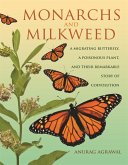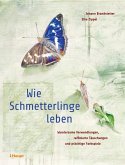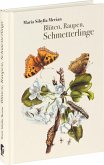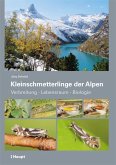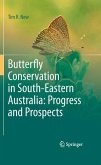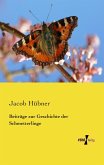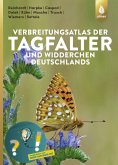In Psychidae Arnscheid and Weidlich provide for the first time a complete tool for identifying the European bag worm moths. The book will provide a sufficient overview of the systematics and distribution of the European Psychidae. A total of 246 species is recognized. Description and diagnoses are accompanied by colour figures of the adults, usually depicting variation of male and female if the latter are winged. Black and white photographs of the male genitalia of most species (excluding parts of Naryciinae and Taleporiinae due to their similarity) are given for the first time. Notes on distribution and bionomics are added for every species. One new subfamily, one new genus and three new species are described.
Hinweis: Dieser Artikel kann nur an eine deutsche Lieferadresse ausgeliefert werden.
Hinweis: Dieser Artikel kann nur an eine deutsche Lieferadresse ausgeliefert werden.
"This is a very important contribution to a neglected family of Microlepidoptera and deserves to be widely used. The quality of scholarship is excellent and the combination of species accounts and the many plates mean that it should be possible to identify species, whether by adult or case, even if some serious study will be needed. The quality of production and presentation is generally excellent and so it is appropriate to recommend this work very highly [...]"
Mark Young, Entomologist's Gazette (2018) Vol. 69: 166-167. Click https://doi.org/10.31184/G00138894.693.1665
Mark Young, Entomologist's Gazette (2018) Vol. 69: 166-167. Click https://doi.org/10.31184/G00138894.693.1665


